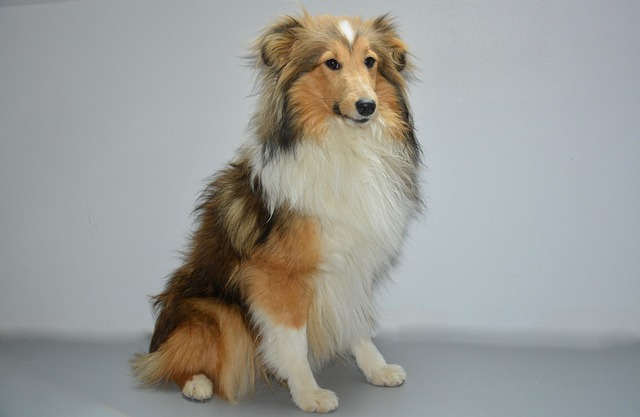
How do i train my dog to be obedient?
Watching your dog dart across the park ignoring your calls isn’t just frustrating—it can put them at risk near busy streets or public spaces.
Watching your puppy sniff the carpet right after you cleaned it is never fun—especially when you know what’s coming next. House training takes patience, but starting with a consistent schedule helps most dogs learn quickly. Take your dog outside first thing in the morning, right after meals, and before bed—these are key times they’ll need to go. Don’t forget to praise them enthusiastically when they do their business outside; positive reinforcement works better than scolding if accidents happen.
It’s also important to know your local rules—many areas have laws requiring dog owners to clean up after their pets in public spaces, and some even have guidelines for indoor training to prevent nuisances to neighbors. If you rent, check your lease too; some landlords have specific pet policies you’ll need to follow. Keeping a small journal to track your dog’s bathroom habits can help spot patterns, like if they always need to go 20 minutes after eating. This little step makes it easier to stay ahead of accidents.
 Accidents are normal, but how you handle them matters. Never rub your dog’s nose in it—that just scares them and doesn’t teach anything. Instead, clean the area with an enzyme-based cleaner to remove all traces of the smell; dogs are more likely to pee in the same spot if they can still smell their previous mess. If you catch them in the act, calmly say “no” and quickly take them outside. Once they finish there, praise them so they link going outside with good things.
Accidents are normal, but how you handle them matters. Never rub your dog’s nose in it—that just scares them and doesn’t teach anything. Instead, clean the area with an enzyme-based cleaner to remove all traces of the smell; dogs are more likely to pee in the same spot if they can still smell their previous mess. If you catch them in the act, calmly say “no” and quickly take them outside. Once they finish there, praise them so they link going outside with good things.
Giving your dog enough exercise also plays a big role. A tired dog is less likely to have accidents because they’re not as hyper or restless. Even short walks a few times a day can make a difference, especially for puppies with small bladders. If you work long hours, consider a dog walker or a pet sitter to let your dog out midday—this helps them stick to their schedule and avoids unnecessary accidents. Remember, every dog learns at their own pace; don’t get frustrated if progress is slow.
With time, consistency, and a little patience, most dogs will learn to pee outside instead of in the house. Following local laws and being a considerate neighbor not only keeps you in compliance but also helps build a positive community for dog owners. Celebrate the small wins, like a week without accidents, and keep reinforcing good habits. Before you know it, house training will feel like a thing of the past, and you’ll have a happy, well-trained dog by your side.

Watching your dog dart across the park ignoring your calls isn’t just frustrating—it can put them at risk near busy streets or public spaces.

New puppy owners often find themselves rushing to clean up accidents before they set in, and that’s where puppy pad training becomes a game-changer.

If you've noticed your dog's waistline disappearing and your veterinarian has mentioned those few extra pounds, your first instinct might be to simply reduce the amount of food in their bowl.

Training a dog to use a designated spot indoors isn’t as daunting as many new owners fear, but it does take consistency and an understanding of your pet’s needs.

That moment of dread on a walk is all too familiar for many new dog owners. You see another dog approaching down the sidewalk of your neighborhood

If the sight of another dog on your neighborhood walk makes your heart sink as your own dog erupts into a frenzy of barking and lunging, you're not alone.